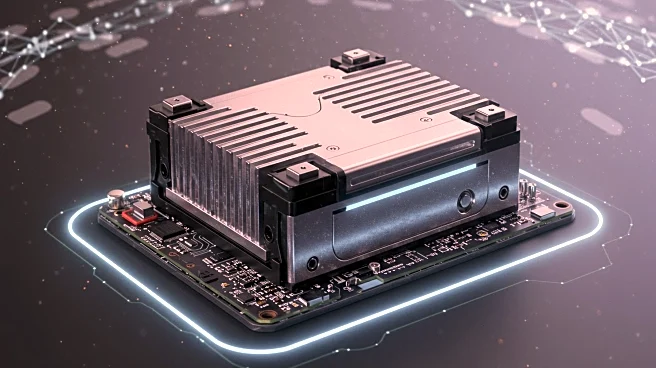What is the story about?
What's Happening?
A study has developed a liquid-cooled battery thermal management system using multilayer perceptron neural networks (MLPNNs) and optimization algorithms like the grey wolf optimizer, marine predators algorithm, and cheetah optimizer. These algorithms were employed to fine-tune the hyperparameters of MLPNNs, which are used to model complex relationships within data for effective battery thermal management. The study highlights the efficiency of MLPNNs in learning complex input-output relationships, making them suitable for analyzing battery thermal management scenarios. The research emphasizes the importance of optimizing network architecture and training parameters to enhance predictive accuracy and convergence speed.
Why It's Important?
The integration of advanced machine learning techniques in battery thermal management systems represents a significant advancement in the field of energy storage technology. By improving the efficiency and accuracy of thermal management, these systems can enhance the performance and safety of batteries, which are critical components in electric vehicles and renewable energy systems. This development could lead to more reliable and efficient energy storage solutions, supporting the growth of sustainable energy technologies and reducing reliance on fossil fuels. The use of neural networks and optimization algorithms in this context underscores the potential for artificial intelligence to drive innovation in energy management.
What's Next?
The study suggests further exploration of these optimization algorithms in other engineering problems, potentially expanding their application beyond battery management. As the demand for efficient energy storage solutions grows, continued research and development in this area could lead to more advanced and cost-effective technologies. Stakeholders in the energy and automotive industries may look to integrate these findings into their product development strategies, potentially leading to collaborations between tech companies and energy providers.
AI Generated Content
Do you find this article useful?











